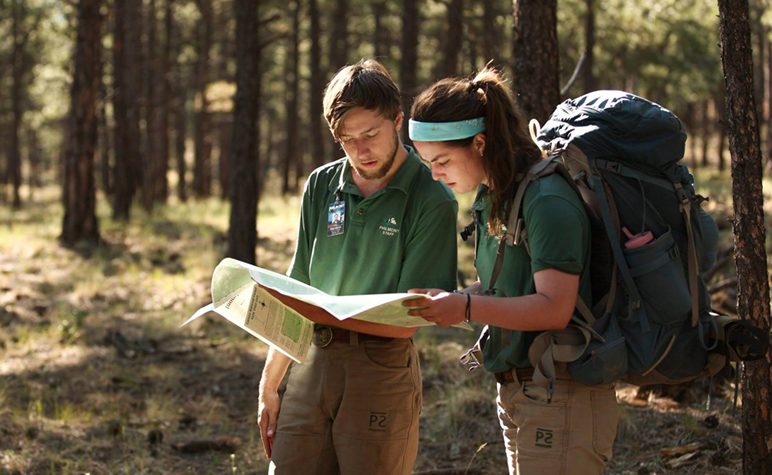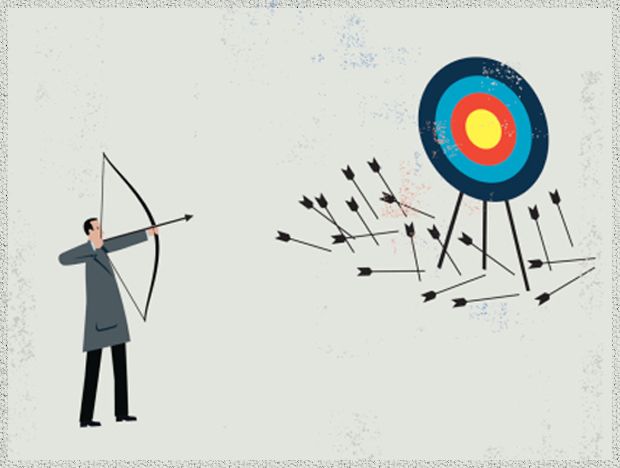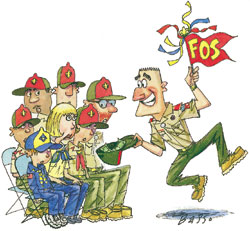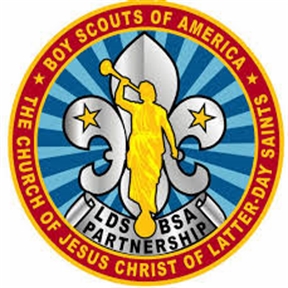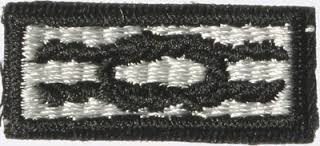Scouting is Physical.
“On my Honor, I will do my best,……to keep myself physically strong.”
Physical output has always been a critical component of Scouting. In other words, scouts should break a sweat. Baden-Powell called Scouting a game with a purpose; and most games, at least the good ones, are physical in nature. Even a family game night will often end in some physical…confrontation. Don’t lie, I have attempted to play Settlers of Catan and Monopoly with my family and we are still finding pieces all over the house.
The point is, Scouting was NEVER intended to have youth sit and be still. It was always designed for jumping, running, moving, and being other wise physically engaging.
Especially when Scouting was a boys only program, the activities, games, badges, and competitions were built with the rowdy boy in mind. The theory being that if you kept them moving, then they wouldn’t have time or strength to get into trouble.
Now that Scouting is open to all youth, the physical emphasis hasn’t changed. We still want youth to be up and active. We want them to learn about how their bodies work, how to feed them, how to exercise them, and how they can individually fulfill the “physically strong” part of the Scout Oath.
In today’s Scouting, we want youth to get outside. Be active. Participate in hiking, cycling, canoeing, climbing, kayaking, snow sports, water sports, skating, swimming, athletics, personal fitness, sports, SCUBA diving, rowing, geocaching, and orientering. These activities are also Merit Badges that a Scout could work on earning. Interesting how that all works out. Many of the over 120 merit badges are somehow physical in design and intent. They are also diverse enough to fit just about every youth out there. If a youth doesn’t particularly care for sports, might they prefer climbing or geocaching? If swimming and SCUBA diving are fear inducing, would they prefer cycling or hiking? We have something for everyone.
Scouting knows that a youth is not whole unless they are physically active. Scouting is designed in almost every aspect, to be physical in nature. If we can impart a passion for physical activity while a person is young, the chances of them continuing in that hobby throughout their life increases exponentially.
To say it in another way, if your experience in Scouting was sitting in a room and being lectured at…then you were robbed of Scouting’s real power. Learning through doing.
If your idea of a good Scout leader (Den Leader, Cubmaster, Scoutmaster, Assistant Scoutmaster, or Crew Advisor) is to have the youth sit still and listen to you talk…then you have missed the point and intent of Scouting and should get comfortable being uncomfortable in the controlled chaos that is supposed to be Scouting.
Scouting IS Physical.
To join an already existing unit, visit http://www.BeAScout.org
For scouting families in the Great Salt Lake Council wanting to continue their Scouting adventure, visit http://www.saltlakescouts.org/allinscouting.
